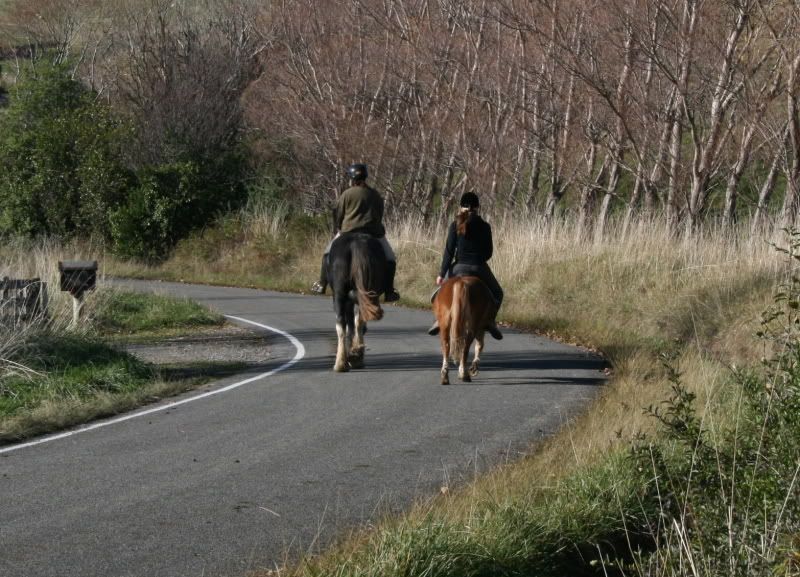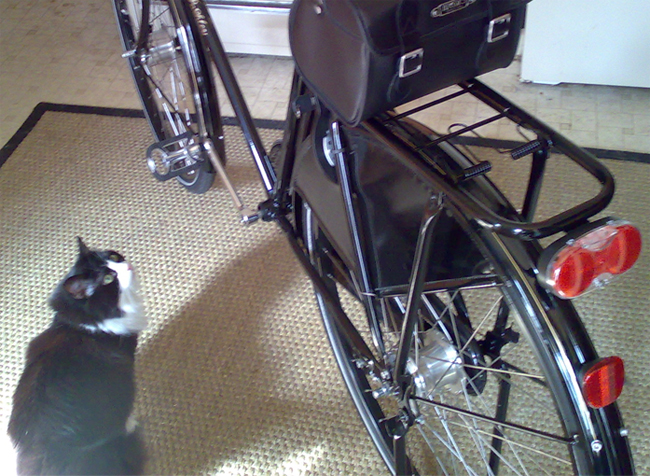As you might recall, five NFL players—Kevin and Pat Williams of the Minnesota Vikings and Charles Grant, Deuce McAllister, and Will Smith of the New Orleans Saints—were suspended for four games last year after testing positive for bumetanide. Bumetanide, a diuretic, is banned under the NFL Policy on Anabolic Steroids and Related Substances (the “NFL Policy”) because it can be used to mask the presence of steroids. The players claimed that they inadvertently ingested the bumetanide when they took StarCaps, an over-the-counter weight-loss supplement. Bumetanide is not listed as an ingredient in StarCaps, but the players proved that bumetanide was present in the StarCaps they consumed.
The players then appealed their suspensions to the NFL. Despite proof that the players did not intend to take bumetanide and did not know they were doing so, the NFL denied the players’ appeal because the NFL Policy makes the players responsible for whatever enters their body. As the NFL Policy states: “Players are responsible for what is in their bodies, and a positive result will not be excused because a player was unaware that he was taking a [banned] substance.”
The players then challenged the suspension in federal court in Minnesota (after a series of legal maneuverings in state court), where Judge Paul Magnuson granted a preliminary injunction blocking the suspensions until a full trial could be held. That trial was scheduled for June 15th in St. Paul, Minnesota. On Friday, however, Judge Magnuson ruled on the parties’ summary judgment motions. Here are some questions raised by the latest development in this case, with a few answers.
1. Who won the case?? Most of the headlines have declared this case a victory for the NFL, but here’s what Peter Ginsberg, attorney for Kevin and Pat Williams,
had to say: "This gives my clients a terrific case, and Judge Magnuson kept alive the heart of our case.”
So, who is right? Well, to some extent, they both are. On the one hand, Judge Magnuson’s decision reaffirmed the sanctity of the NFL’s strict liability drug policy. The players raised a unique challenge to the NFL’s Policy. The players did not simply argue that it was unfair that they were punished for unknowingly taking a banned substance. Rather, the crux of the players’ argument was that the NFL knew that StarCaps contained bumetanide but failed to disclose this fact to the NFL players or the NFL Players Association. The players claimed that this constituted a breach of fiduciary duty, endangered the health of the players, and “fatally tainted the suspensions so that enforcing the [suspensions] would unfairly punish the players and condone the improper behavior and breaches of duty by the NFL, in violation of public policy and the essence of the CBA.” Judge Magnuson rejected these claims, noting that “there is no doubt that it would have been preferable for the NFL to communicate with players specifically about the presence of bumetanide in StarCaps. The NFL’s failure to do so is baffling, but it is not a breach of the NFL’s duties to its players.” Judge Magnuson also held that it is “not a breach of fiduciary duties to tell players all supplements are risky and that players should not rely on any supplement’s list of ingredients because that list may be incomplete.”
On the other hand, the decision was not a complete victory for the league. Pat and Kevin Williams also argued that the NFL Policy violated Minnesota state law. Judge Magnuson sent those claims back to be decided by Minnesota state court. So, while it may not be the “heart” of the Williams’ claim, part of their claim is still alive and will be decided by a local state court judge.
And, of course, the case isn’t quite over yet. The NFL has already filed a notice of appeal.
2. What are the Minnesota state law claims?Pat and Kevin Williams brought claims under the Minnesota Drug and Alcohol Testing in the Workplace Act (DATWA) and the Minnesota Consumable Products Act (CPA). The DATWA is one of the most comprehensive and pro-employee drug testing state laws in the country. It sets forth a series of mandatory procedures designed to protect Minnesota employees and to ensure safe and reliable drug testing in the workplace. One of the provisions of DATWA forbids an employer from disciplining an employee for a first time drug offense without first giving the employee and opportunity to participate in a drug counseling program. Another provision of DATWA permits an employee to submit information to the employer that might explain the positive test result. The CPA prevents an employer from disciplining an employee for using “lawful consumable products…off the premises of the employer during nonworking hours.”
The Williamses thus claim that the NFL violated their rights under state law by:
1) Suspending them without giving them an opportunity for counseling;
2) Failing to give them an opportunity to explain the reason for the positive test; and
3) Suspending them for using a legal substance in the offseason.
3. What are the NFL’s potential responses to the state law claims?The NFL will likely make two broad arguments.
First, they have already indicated that they will argue that the Labor Management Relations Act (“LMRA”) preempts the state law claims. Judge Magnuson held that the LMRA preempted every common law state cause of action involving the NFL collective bargaining agreement, because, as a general principle of law, the LMRA preempts state law claims that are “inextricably intertwined” with consideration of the terms of a collective bargaining agreement. Judge Magnuson held that the DATWA and CPA claims were not preempted because those state statutes establish rights and obligations that are independent of the collective bargaining agreement. In other words, the NFL and NFLPA were not permitted to agree to terms in a collective bargaining agreement that violate state law.
The NFL will likely argue that federal labor law permits the NFL and the NFL Players Association to maintain a national drug policy that applies equally to all 32 NFL teams and their employees throughout the United States. The NFL policy is designed to protect its employees and sets up procedures to ensure safe and fair drug testing. Thus, the NFL will likely claim that any suits brought under state laws designed to provide similar protection for employees—such as DATWA and CPA— should be preempted.
Second, if the preemption argument fails, the NFL could challenge the merits of the underlying state claims. Interestingly, according to Judge Magnuson’s opinion, the NFL concedes that its steroid testing procedures do not comply with the strict letter of Minnesota state law. But, the NFL “argues that the differences are negligible and do not require the Court to invalidate the Williamses’ positive tests for bumetanide.” Of course, we wouldn’t expect the NFL to announce that they think they’re going to lose the case, so let’s take a look at some of the arguments the NFL might make. I’ll take them in the order of the claims listed in question 2. The NFL can argue that:
1)
Suspension without opportunity for counselingThe purpose of the counseling and treatment requirement in the DATWA is to ensure that Minnesota employers provide assistance to employees with substance abuse problems and chemical dependencies. Issues dealing with substance abuse and the use of recreational drugs are covered in the NFL Policy and Program for Substances of Abuse. That policy does provide for treatment for a first time offender. The situation here, of course, involved use of a performance enhancing drug (or, more specifically, a performance enhancing drug masker). Treatment and rehabilitation concerns for users of performance enhancing drugs are not as heightened (or, at a minimum, are different) than the concerns for users of addictive recreational drugs. The NFL can thus argue that the counseling requirement in DATWA was not intended to apply to users of performance enhancing drugs.
On a more technical note, the DATWA provision states that an employer cannot punish an employee based on a “test result that was the first positive result on a test…” The NFL could argue that the suspensions were based on the admissions by the five players that they used bumetanide, and not on the positive test results. It may seem like a stretch, but courts have narrowly interpreted the requirements of the DATWA and other similar state statutes.
2)
Failure to provide opportunity to explain positive testThe NFL did give the Williamses an opportunity to explain the reason for the positive test. But, the reason given (inadvertent use) was not a valid defense under the NFL Policy;
3)
Suspension for use of a legal substanceBumetanide is only legal with a prescription, and the Williamses did not have a prescription. Also, the CPA allows employers to restrict use of legal substances if the restriction “relates to a bona fide occupational requirement and is reasonably related to employment activities.” The NFL can argue that prohibition of performance enhancing (or masking) substances, even if legal to the general public, clearly relates to a legitimate requirement of the NFL.
4. Were these state law claims raised in the earlier preliminary injunction hearings? No, the state law claims were not at issue during the earlier preliminary injunction hearings and were not addressed by Judge Magnuson during these hearings. The Williamses filed their original complaint on December 4, 2008. That complaint did not contain the DAWTA and CPA claims. Judge Magnuson granted the preliminary injunction on December 11, 2008, before the Williamses raised the state law claims. At the oral argument, the Williamses attorneys did notify Judge Magnuson that they intended to amend their complaint to include the state law claims. These claims were included for the first time in the amended complaint filed by the WIlliamses on January 4, 2009.
5. Does Louisiana have a similar state law that protects Deuce McAllister, Charles Grants, and Will Smith?Yes and no. Louisiana does have a state law that regulates drug testing of employees, but it specifically excludes drug testing conducted by the NFL. So, pending any appeals by the NFLPA, Judge Magnuson’s decision ended the case for the three Saints.
6. This ongoing litigation cannot be helping the relationship between the NFL and the NFLPA, can it?I’ll let Judge Magnuson handle this one. Here’s an excerpt from his opinion:
It is clear that this situation arose because the parties to these cases do not trust each other. The NFL does not trust the Union or the players. The players and the Union do not trust the NFL. No one believes that the opposing parties have any common interests. The situation is deplorable and leads to suspicion and the sort of no-holds-barred litigation tactics so clearly on view here.
Other than that, Judge, how are they getting along?
 I have not been cycling for the past week due to nonstop rain. But today I finally could not take it anymore: Despite the overcast sky and the morbid forecast, I went. By mid-day, it did rain. And it was great!
I have not been cycling for the past week due to nonstop rain. But today I finally could not take it anymore: Despite the overcast sky and the morbid forecast, I went. By mid-day, it did rain. And it was great!
 Above: My empty Apfelspritzer mug, in an empty outdoor cafe -- in the rain. Look how red those geraniums look!
Above: My empty Apfelspritzer mug, in an empty outdoor cafe -- in the rain. Look how red those geraniums look!


















































